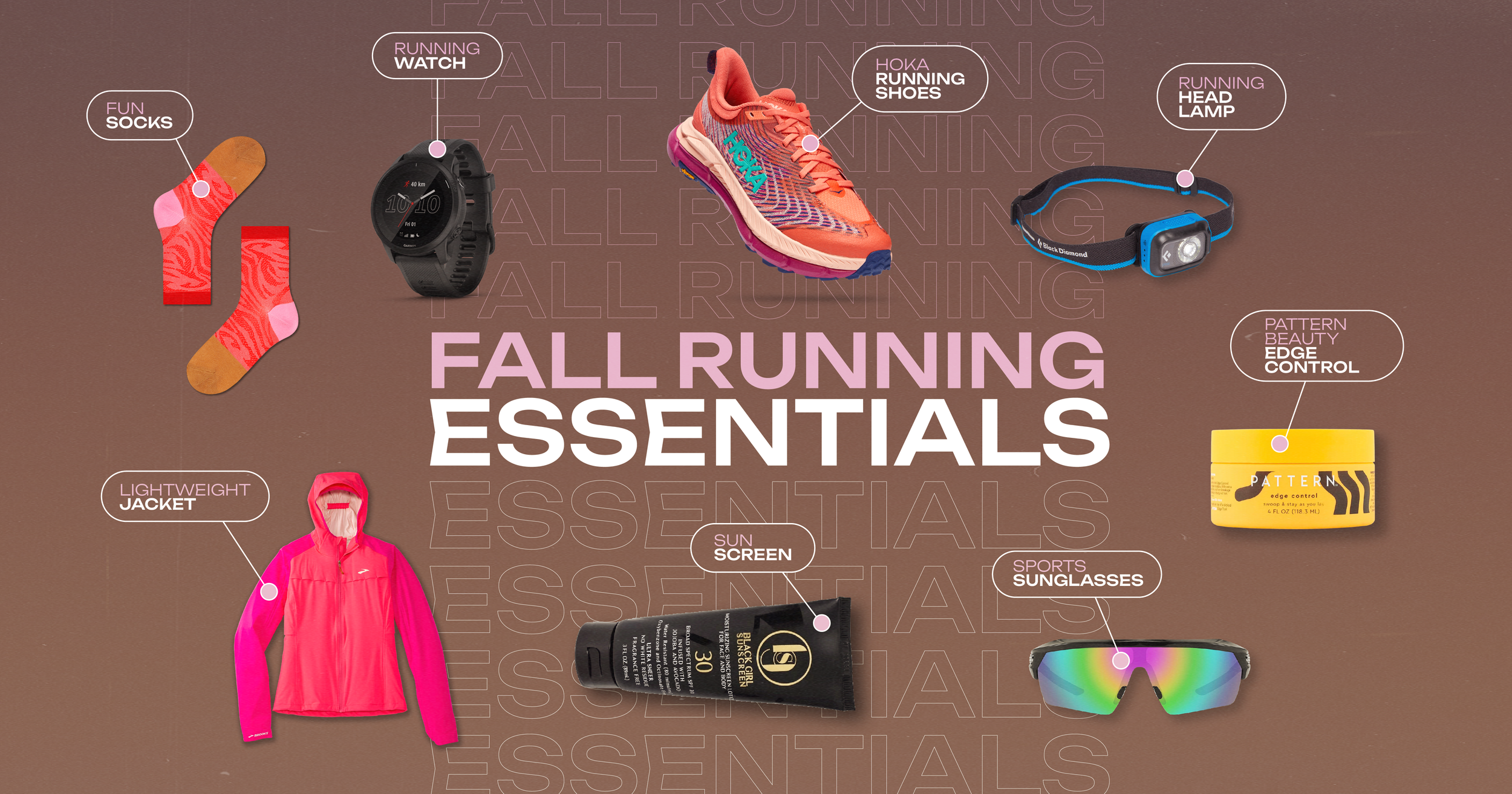Do You Need a Running Shoe Analysis?
By Dominique Burton
Often, when a new runner decides to get “serious” about running, the first thing they do is invest in a quality pair of running shoes. But with hundreds of running shoes on the market, finding the right pair can be super challenging.
For help, many turn to running apparel stores for a gait analysis or running shoe analysis. To understand whether you might need these, we decided to dive into what each type of running analysis entails.
What is Gait?
Marcus Hearn, shoe analyst at Nike Georgetown in Washington, D.C. and Nike Run Club Pacer, explains that gait “is merely the space and time between steps when walking or running. This is the time between when the right foot makes contact with the ground to the time when it contacts again makes one gait cycle.”
Gait Analysis vs. Running Shoe Analysis
Generally, a gait analysis is “a method for identifying biomechanical abnormalities in the gait cycle or, in other words, it’s a tool used to assess the way in which you walk and run”. The science behind these tests includes research and assessment. Active.com explains, “A true gait analysis is typically done in a clinical or research facility and measures exact degrees and angles of the knees, ankles and hips during walking or running. This process is rather complicated and involves expensive machinery and technology.”
While some gait analysis tests can be super high-tech, what you find in most running stores is much more simple. As Greatist points out, “usually it’s just a salesperson in a shoe store studying you while you run on a treadmill.” Store associates often ask questions about a person’s running history, any injuries, the number of miles they are running per week, upcoming training and races, etc. This more simple type of test is more accurately referred to as a sight analysis or running shoe analysis.
Read More: How to Prepare for Your First 5K
Ultimately, though, the in-store tests are more focused on finding out how your foot falls. This includes underpronating (landing on the outside of the foot), overpronating (landing more on the inside of the foot), or straight down the middle (neutral pronating). The hope is that this can identify any overactive or underactive muscles in the feet that could lead to potential injuries in the future.
Runnersconnect.com, however, rightfully points out that, in many cases, focusing only on the foot strike and foot placement can be oversimplifying. For an in-store assessment, it is important to get a full-body video gait analysis, which author Matt Phillips explains, “is about looking at the interaction of the whole body and evaluating how movements in one area may be contributing to tissue overload in another.”
While most running stores aren’t offering a true gait analysis, there are still important things that can be gleaned from a sight- or running shoe analysis.
After a shoe fitter has the initial history questions answered, they will have you walk and/or run barefoot and then again in a simple analysis shoe to view your gait. This is a movement analysis. Hearn explains what the shoe fitters for in-store tests are observing:
1. Your stance, which includes five phases as you walk or run:
Heel strike (heel contact with ground)
Foot Flat (entire foot on ground)
Mid-stance (weight shifting towards front)
Heel off (heel lifting off the ground)
Toe off (toes leave the floor to start swing phase)
2. The swing phase, which is when the foot is not in contact with the ground, which includes three parts:
Acceleration (moving leg from the back of the body to front)
Mid-Swing (shorting leg to prepare for ground impact)
Deceleration (end of swing as the heel strikes)
3. Tying it all together:
Stride length - the distance covered between heel strikes of both feet,
Step width - distance between feet horizontally when walking, and
Cadence - number of steps per minute, which varies with speed.
The analysis of all these different elements taken together is what creates a complete picture of a person's gait. Many shoe fitters also examine the shape of your foot, including the width and arch, to better understand your basic structure. They will then suggest certain types of sneakers with varying support which ultimately could help you have a more comfortable running experience.
Choosing the Right Shoes
While these type of gait and movement analysis tests can teach you a lot about your stride and the mechanics of your own running, one important thing to remember is that no shoe can truly “correct” an issue with running.
Jason Fitzgerald, a USATF-certified running coach and author of “101 Simple Ways to Be a Better Runner” tells Greatist, “A flawed gait can be corrected with strength training, mobility drills and rigorous form, but not by a shoe.” In other words, you can’t simply rely on “the right shoe” to fix all of your running form problems. You’ll need a trainer or expert to coach you through any improper form or areas of weakness that need strengthening.
The right shoe can, however, make for a more comfortable run, and that’s a great place to start.
Have you ever had a gait or running shoe analysis? Be sure to let us know your experience in the comments below!
Are you a beginner looking to train for your first 5K race? Get ready to launch your love affair with running with RUNGRL’s new 5K Hustle Beginner Training Plan.
—
Reference:
Lee, Bell. Running Tech: What Is A Gait Analysis And Why Should Every Runner Have One? Forbes.com. Sep 30, 2018. https://www.forbes.com/sites/leebelltech/2018/09/30/running-tech-what-is-a-gait-analysis-and-why-should-every-runner-have-one/#1c5b505e79bf
Dominique Burton
Co-founder and Chief Partnerships Officer












